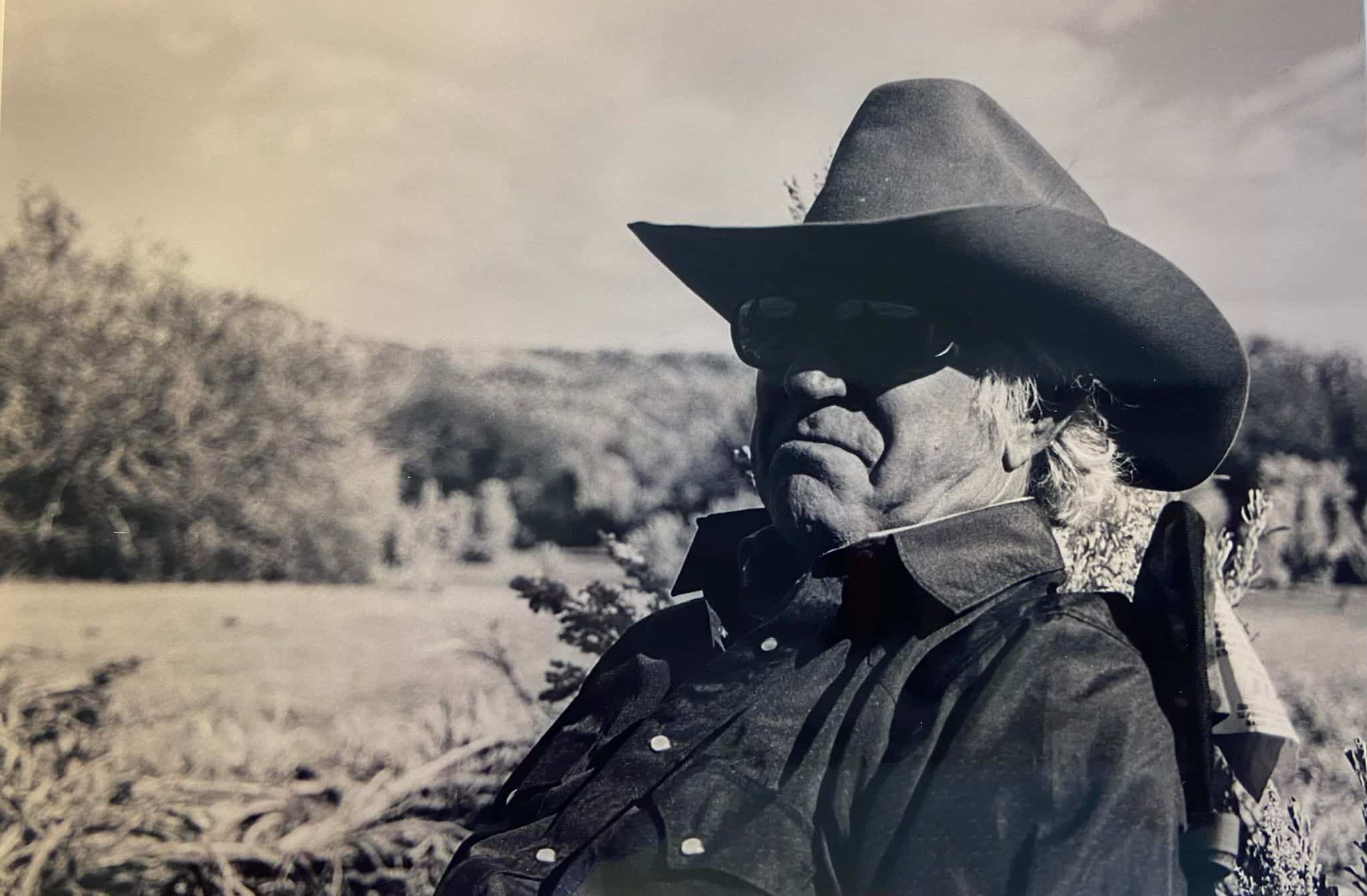Sudden Death: Untimely End
The young man’s name was Hank Gathers, and he was 23 years of age. He was a basketball star at Loyola Marymount University in California. The year was 1990, and Gathers the year before had become only the second player in Division 1 history to lead the nation in both scoring and rebounding in the same season. He was on his way to another landmark season. It was West Coast Conference tournament time in the early stages of March Madness on March 4 and Loyola Marymount was playing Portland. Suddenly, during the game, Gathers collapsed, went into convulsions, and died. He was a victim of a rather mysterious sudden death syndrome that periodically strikes both human and equine athletes.
In most cases, no one has seen it coming. The athlete has been fit and healthy in all outward appearances and tests. In the Gathers case, there had been at least one warning. He had fainted at the free throw line the previous December. He was diagnosed with cardiac arrythmia, an abnormality of the heart rate, and he was placed on medication. He was held out of action for two games, then was allowed to return. He complained that the medication was making him sluggish, so it was reduced. It would later be learned that he also suffered from hypertrophic cardiomyopathy, a thickening of the heart muscle.
The death of Gathers created a controversy. Should he have been allowed to compete after suffering the fainting spell during a game? Should his medication have been reduced? As is often the case, there were more questions than answers.
The major question that surfaces in the wake of such an incident concerns the ability to detect or predict that sudden death might occur when certain conditions are combined with athletic exertion. In many cases, especially when horses are involved, it is impossible to predict
Create a free account with TheHorse.com to view this content.
TheHorse.com is home to thousands of free articles about horse health care. In order to access some of our exclusive free content, you must be signed into TheHorse.com.
Start your free account today!
Already have an account?
and continue reading.

Written by:
Les Sellnow
Related Articles
Stay on top of the most recent Horse Health news with












